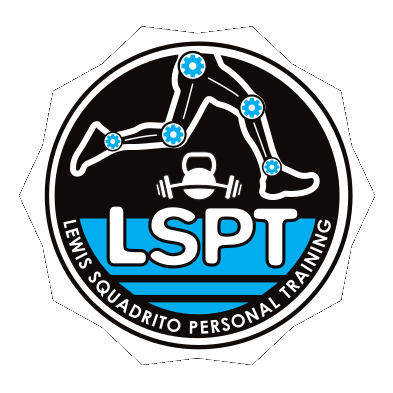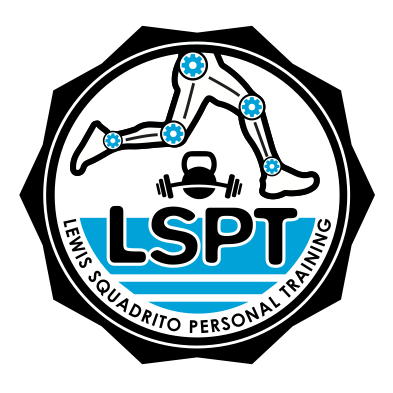Endurance running is not just a test of stamina and endurance, but also a complex interplay of biomechanics and energy management. One of the critical aspects of this interplay is understanding stride rate/length and how fatigue alters running mechanics. This guide aims to provide endurance runners and athletes with in-depth insights into these elements, helping them optimize performance and manage fatigue effectively.
Understanding Stride Rate: More Than Just Numbers
The Stride Rate-Speed Model.
Stride rate, combined with stride length and ground contact time, forms the essential model for understanding running speed. Speed is essentially a product of how fast (stride rate) and how long (stride length) each step is, along with the efficiency of contact with the ground.
Debunking the Constant Stride Rate Myth
Many believe that stride rate is a constant factor in running speed, but this isn’t the case. Speed enhancement isn’t just about increasing stride length; variations in stride rate play a crucial role too.
Elite Runners’ Adaptability
Elite athletes like Kenenisa Bekele demonstrate that altering stride rate can be as effective as changing stride length for speed variation. For instance, Bekele could switch from a 10k pace to a faster mile pace by increasing his stride rate without altering the stride length. This is considered a “short swing” gait, where the runner relies on an increase of cadence to increase running speed.
Alternatively Olympic gold medalist Mo Farrah relies on a more “long swing” gait approach. Retaining more or less the same stride rate while putting more force into the ground and increasing stride length in order to run faster or kick at the end of a race.
Stride Rate Data from NCAA Athletes
A study involving NCAA athletes showed that their stride rate varied across different paces. For example, as pace increased from an easy jog to marathon pace, there was an average increase of 21 strides per minute (spm). This highlights that as a runner changes pace, so too douse the stride rate change. The faster you run, likely the faster your stride rate is.
Fatigue and Compensation Mechanisms : A Deeper Dive
As endurance runners push their limits, fatigue inevitably sets in, affecting their ability to maintain pace and form. Understanding how runners compensate for this fatigue is crucial for optimizing performance and preventing injury.
The Physiology of Fatigue
When we talk about fatigue in running, we refer to a decline in the muscular capability to generate force. This decline stems from several factors, including glycogen depletion, accumulation of metabolic byproducts like lactic acid, and neuromuscular fatigue. As muscles tire, their efficiency in driving the runner forward diminishes, leading to a slower pace if unaddressed.
Stride Rate Compensation
One common response to fatigue is an increase in stride rate. As our leg muscles start to fatigue and cannot generate the same power for long strides and lose coordination and accuracy. Runners often subconsciously switch to taking more frequent but shorter steps. This adjustment helps maintain speed, though it may come at the cost of higher energy expenditure. Runners training for endurance events should practice varying their stride rate to become more coordinated and efficient at this compensation mechanism.
Arm Swing Mechanics
The role of arm swing in running mechanics is often underestimated. As fatigue impacts leg muscles, runners can use their arms more effectively to maintain balance and rhythm. An increased arm swing and down stroke can indirectly aid in propelling the body forward through the application of centripetal force, providing a counterbalance that allows for a more efficient stride. Training should include exercises that enhance upper body strength and coordination, aiding this compensatory mechanism.
Ground Contact Time Adjustments
Another subtle change that occurs with fatigue is in ground contact time. Tired muscles are slower to generate force, leading to longer times spent with the foot on the ground with each stride. Runners might compensate by consciously trying to minimize ground contact time, promoting a quicker turnover. Drills and plyo’s that focus on quick foot movements and reactivity can be beneficial in developing this skill.
Changes in Running Posture
Fatigue often leads to a breakdown in posture. Runners might start to slouch or lean forward excessively, which can lead to inefficiency and injury. Maintaining a strong, upright posture is critical, and core-strengthening exercises can be particularly effective in aiding this. That being said, it is crucial to understand the importance of not just a strong core, but also a long one. Runners need to be able to achieve proper hip and thoracic extension. An overly developed, under stretched core can restrict both of these movements, altering an athletes gait cycle, leading to injury and mechanical inefficiency.
Tailoring Training for Fatigue Management
Training programs should include long runs that simulate race conditions to help runners experience and learn to manage fatigue. Interval training & flux workouts or alternations can also be effective in improving the body’s ability to clear lactate and enhance muscular endurance. Runners should also focus on recovery strategies, including nutrition, hydration, and rest, to manage fatigue levels over the long term.
The Role of Biomechanics in Fatigue Compensation
Understanding individual biomechanics can allow runners to identify their unique fatigue signs and develop personalized compensation strategies. Gait analysis can be a valuable tool in this regard, helping to pinpoint inefficiencies that become pronounced with fatigue.
Each runner has a unique ‘stride signature’ – a specific combination of ground force, contact time, stride rate, and length. This signature changes with speed and fatigue, and understanding it can help tailor training and performance strategies.
Coaches can observe these mechanical deviations to gain a better Insite to what their athlete is experiencing and better monitor their athletes specific fatigue levels.
By understanding and practicing various compensation mechanisms, runners can enhance their ability to maintain performance levels throughout the length of an endurance event, leading to improved outcomes and reduced injury risk.
High Stride Rate: A Misunderstood Concept
The Myth of 180spm
The notion of maintaining a stride rate of 180spm as an ideal is a misinterpretation. This figure originated from observations of elite runners but doesn’t apply universally. Runners have different optimal stride rates depending on their pace and individual running style.
Overstriding and Its Impact
Many recreational runners tend to overstride, leading to a low stride rate. The key to improving performance and greatly reducing injury risk, is not just increasing the stride rate but addressing overstriding, which involves learning how to land closer to your centre of mass.
The Bigger Picture: Stride Rate in Context
Focusing solely on stride rate or footstrike can lead to a reductive understanding of running mechanics. It’s essential to consider all aspects, including ground reaction forces, dynamic postures and stride length to get a comprehensive view.
Warm-Up and Pre-Fatigue Management
Determining the optimal warm up routine that prepares the body without inducing pre-fatigue is crucial. Experimenting with different warm-up intensities and durations can help find the right balance. (warm up protocols will be covered in much more detail in a future post – “Comprehensive Warm-Up and Pre-Fatigue Management for Endurance Runners”)
Conclusion
For endurance runners, understanding and optimizing stride rate, managing fatigue, and recognizing personal biomechanical patterns are crucial for enhancing performance. This guide aims to provide a foundation for runners to explore these aspects deeply, leading to more informed training and better race day performance. Remember, in the realm of endurance running, it’s not just about enduring the distance but also managing the intricacies of your body’s mechanics and energy systems.


